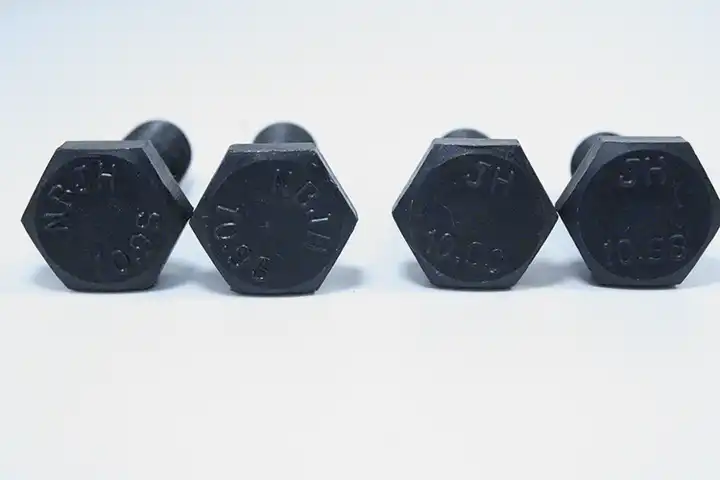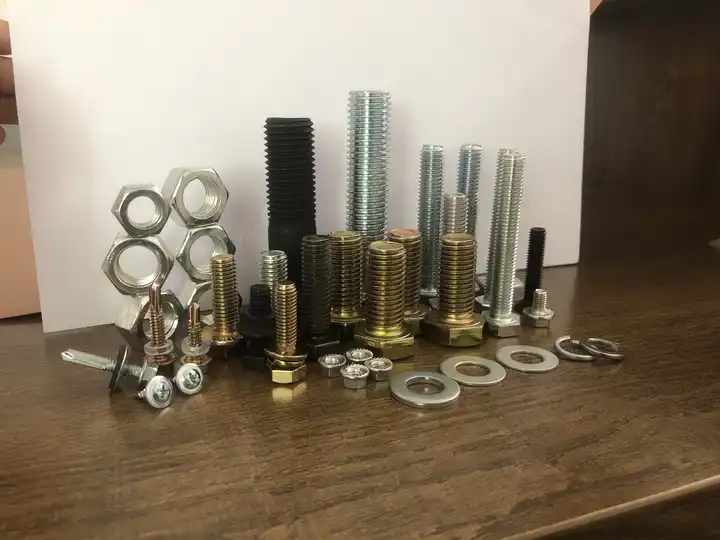Introduction:
When it comes to fasteners, the DIN 933 hex bolt stands as a benchmark for precision, reliability, and standardization. Adhering to the DIN 933 standard, this type of hex bolt offers a consistent and efficient fastening solution across various industries. In this article, we will delve into the features and benefits of the DIN 933 hex bolt, highlighting its importance in ensuring secure and accurate connections.

- Standardized Design:
The DIN 933 hex bolt follows a standardized design, ensuring uniformity in dimensions and specifications. This standardization means that manufacturers and users can rely on the bolt’s consistent measurements, thread pitch, and thread length. The adherence to the DIN 933 standard simplifies assembly processes, compatibility with other components, and facilitates easy replacement or interchangeability when needed. - High Precision and Accuracy:
The DIN 933 hex bolt is manufactured with a high level of precision and accuracy. This precision guarantees that the bolt’s threads match perfectly with corresponding nuts or threaded holes, ensuring a tight and secure fit. The accurate dimensions and precise machining of the hex bolt contribute to reliable and consistent fastening, minimizing the risk of loosening or failure due to inadequate engagement. - Wide Range of Applications:
The versatility of the DIN 933 hex bolt makes it suitable for a wide range of applications across industries. From construction and machinery to automotive and manufacturing, this bolt finds extensive use in securing components that require robust connections. Its strength and reliability make it ideal for applications involving heavy loads, vibrations, or critical structural integrity. - Ease of Installation:
The hexagonal head design of the DIN 933 bolt allows for easy installation and removal using standard tools such as wrenches or sockets. The flat sides of the hex head provide a secure grip, ensuring efficient tightening or loosening operations. This ease of installation saves time and effort during assembly and maintenance tasks, promoting efficiency and productivity. - Material Options:
The DIN 933 hex bolt is available in various materials to suit different application requirements. Common material options include carbon steel, stainless steel, and alloy steel. This versatility allows users to select the appropriate material based on factors such as strength, corrosion resistance, and environmental conditions, ensuring optimal performance and longevity. - Quality Assurance:
The DIN 933 standard emphasizes quality control and assurance. Manufacturers adhere to strict guidelines and quality management systems to ensure that the hex bolts meet the specified standards. This commitment to quality ensures that the DIN 933 hex bolt consistently delivers reliable performance and durability, meeting the expectations of users in diverse industries.

Conclusion:
The DIN 933 hex bolt serves as a reliable and standardized fastening solution, delivering precision, reliability, and efficiency. Its adherence to the DIN 933 standard ensures consistent dimensions and specifications, facilitating compatibility and interchangeability. With high precision, accuracy, and ease of installation, the DIN 933 hex bolt offers secure and reliable connections across a wide range of applications. By choosing the DIN 933 hex bolt, professionals can rely on its standardized quality and performance, contributing to the stability and integrity of countless structures and assemblies.

